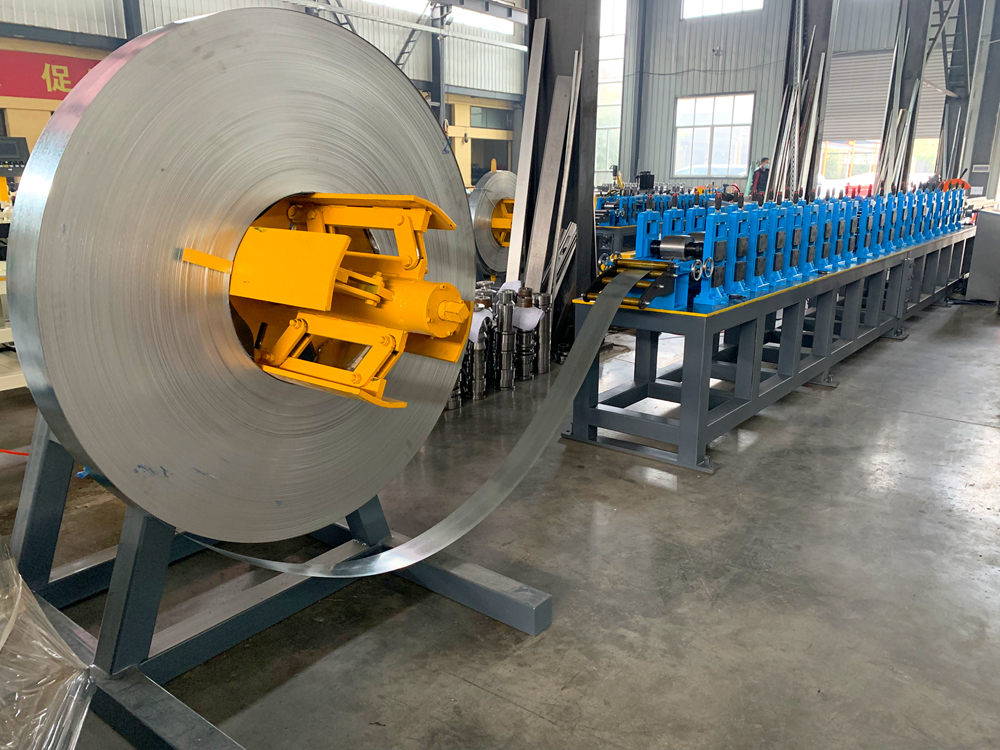
Understanding Cold Roll Formers Revolutionizing Metal Fabrication
Cold roll forming is a highly efficient and cost-effective manufacturing process that has gained significant traction in various industries. At the heart of this process lies the cold roll former, a specialized machine designed to shape metal into desired profiles while maintaining its structural integrity. This article explores the functionality, applications, and advantages of cold roll formers.
What is a Cold Roll Former?
A cold roll former is a machine that transforms flat metal sheets into complex shapes through a series of forming rolls. Unlike traditional methods that may involve heating the material, cold roll forming utilizes room-temperature metal, which leads to precise and consistent profiles. The process begins with feeding a flat strip of metal, typically steel or aluminum, into a series of closely spaced rolls that gradually bend and shape the material into the desired cross-sectional form.
Applications of Cold Roll Forming
Cold roll forming has a wide array of applications across several sectors. In the construction industry, it is used to manufacture structural components such as drywall studs, roof trusses, and metal framing. The automotive sector benefits from cold roll formers for producing parts like chassis components, bumpers, and other structural elements. Additionally, cold roll forming is extensively utilized in the production of furniture, appliances, and even bespoke items like decorative trim and architectural features.

Advantages of Cold Roll Formers
One of the primary benefits of cold roll forming is its ability to produce complex shapes with high precision. This precision reduces material waste and minimizes the need for secondary operations such as machining or welding. Additionally, the cold forming process enhances the material's physical properties, improving strength and ductility without compromising workability.
Moreover, cold roll formers offer significant cost advantages. The process can produce parts at a rapid pace, which is crucial for large-scale manufacturing. This efficiency not only reduces labor costs but also shortens lead times, allowing companies to meet increasing demand without sacrificing quality.
Another advantage is the flexibility of the cold roll forming process. Manufacturers can easily adjust the equipment to create different profiles without requiring extensive setup changes. This adaptability makes it an excellent choice for both high-volume production and custom manufacturing runs.
Conclusion
In summary, cold roll formers play a pivotal role in modern metal fabrication. Their ability to create intricate shapes with precision, coupled with cost-effectiveness and material efficiency, makes them indispensable in various industries. As demand for customized and high-strength metal products continues to grow, cold roll forming technology will likely expand further, paving the way for innovative solutions and advancements in manufacturing processes. Whether in construction, automotive, or consumer products, the impact of cold roll formers is unmistakable, signifying a bright future for metal fabrication techniques.